Photographs: Reuters Aneesh Phadnis, Mihir Mishra in New Delhi
The air ambulance industry has come under a spotlight in the wake of last night's crash, killing 10, including seven on board, at Faridabad near Delhi.
The objective behind the service is to transport a patient quickly from one destination to another. Useful for people in remote parts, it comes at a price. While the cost depends on the distance of travel and the location, it is roughly Rs 2-2.5 lakh.
The size of the industry in India is rather small but growing at 20 per cent a year. Unlike in the West, India does not have any dedicated air ambulances. Around 15 aircraft are so used when required.
The service works through agreements between hospitals and air ambulance providers. On an average, two to three air ambulance service providers operate across each big city.
The number of enquiries in big hospitals for the service are about eight or 10 a month.
...
Crash exposes chinks in air ambulance services
The plane used as an ambulance on a particular day could be used to fly politicians or film stars the next day, says Prabhat Jauhari, CEO of Tops Air Rescue, part of the Topsgroup.
As and when there is a need, the seats are taken out from the plane and stretchers are installed.
Doctors and medical equipment on board are brought by the hospital, said R Puri, head of Stic Travels air ambulance business. In fact, the aircraft can be converted into an operation theatre, too if there's an emergency while flying.
...
Crash exposes chinks in air ambulance services
No Insurance Cover
Explaining why there were no dedicated air ambulances, Pradeep Thampi, director of Executive Airways (which provides planes for medical purposes), said it's not a viable business mainly because it's not a volume game and there's no insurance cover for it.
"No operator can afford to keep a plane only for the purpose of medical evacuation, as there are no volumes,'' Thampi said.
In the West, he said, insurance companies bear the cost of transportation of an accident victim to a hospital but this is not covered in India.
Agrees Jauhari, "It is an expensive proposition to maintain a plane and no company will invest in the air ambulance business unless there is volume."
...
Crash exposes chinks in air ambulance services
Industry insiders say lack of infrastructure is the biggest weakness in the system.
"Air ambulance works on a point to point concept. However, hospitals in India do not have landing pads for choppers. A patient still has to be driven to a hospital. The air ambulance service concept has not evolved," an aviation sector representative said. "There are no specific Directorate General of Civil Aviation regulations."
Helicopters are also sometimes used to transport patients, in areas where planes do not operate. The downside in using these is that stretchers cannot be fitted.
Planes commonly used as air ambulances are the B-200 and Pilatus (PC-12) amongst turbo props and Citation in the case of jet engine craft.
...
Crash exposes chinks in air ambulance services
Photographs: Reuters
These are preferred for their wide cabin size and doors, allowing easy maneuverability of a stretcher. Unlike some of the corporate jets, these planes have small galley space in front.
Giving a cost breakup, Thampi said the per-hour flying charge is Rs 75,000-90,000. Use of medical facilities and escort, including a doctor, comes for Rs 25,00-40,000 per hour. In addition, there are ground transport charges.
Says Preetha Reddy, managing director, Apollo Hospitals, "There are two to three companies providing air ambulance services for various hospitals through the country. We provide manpower and equipment."
...
Crash exposes chinks in air ambulance services
Photographs: Adnan Abidi/Reuters
A senior official from Frontier Lifeline at Dr K M Cherian Heart Foundation said, "We have used the service only for two or three times to transport a heart for transplantation. That was arranged by some agency and we were keen on the safety of the heart than anything else."
Manipal Hospital, Bangalore, that receives about one case every three months, receives patients from all over the south by air.
"It's now gaining in popularity with many companies that own aircraft using these to evacuate their senior management people," said Nagendra Swamy, medical director.

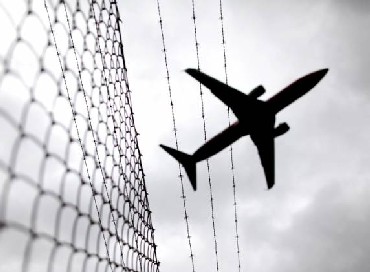

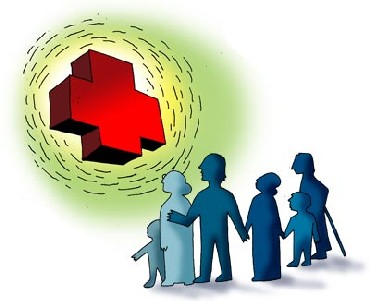
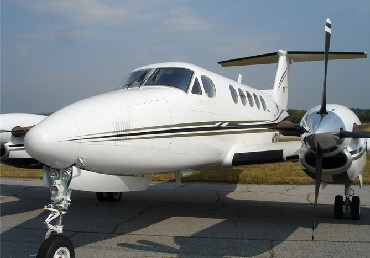
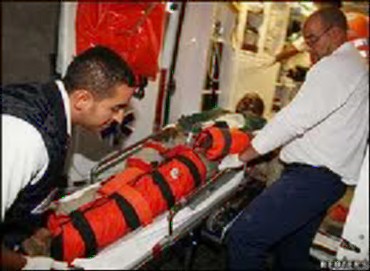
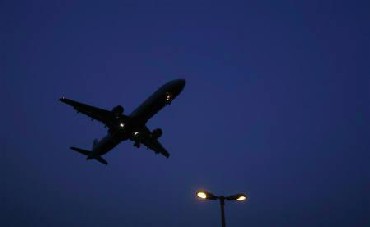

article